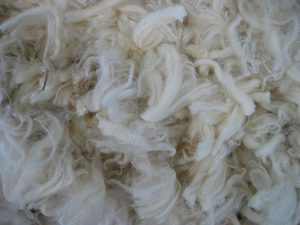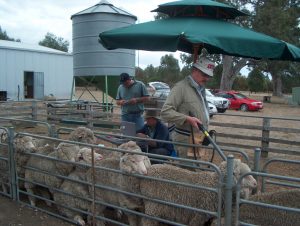
Overview
The wool-producing ‘factory’ is the 50 million or so follicles embedded in the skin of sheep. This subject covers in detail, how these follicles form, what cellular and molecular processes produce the fibre, how genetics and nutrition affect these processes, and how genetic engineering might be used to produce a better fibre. With an understanding of the biology of the skin and the fleece, the characteristics of the wool follicle and fibre can be related to production, technology and the processing of wool.
Topics within the biological techniques theme examine and explain techniques which have been established to measure fibre growth, cell division rates and, detection and testing of molecules involved in follicle function.
The basic unit of the wool industry is the follicle. The follicle achieves the remarkable feat of producing a complex and unique fibre from undifferentiated cells in the follicle bulb. This follicles theme examines the mechanisms responsible for this transformation.
Fibre growth in mammals is not uniform but cyclical with periods of rapid growth followed by resting stages. These cycles are under genetic, nutritional and hormonal control
The lifetime characteristics of wool production are determined by the extent and pattern of follicle initiation in the fetal animal. The follicle development theme examines those factors determining follicle development in skin.
The wool fibre is a complex composite comprising some 70 or so proteins in about 10 different cell types. This fibre theme examines the detailed composition, formation and structure of the wool fibre.
Many aspects of follicle function reflect the derivation of follicles from skin, including biochemistry, molecular biology, kinetics and structure. The structure and function of skin is considered in the skin theme.
This wool growth theme examines the effect of hormones, nutrition and genotype on wool production (quantity & quality).
An understanding of wool biology has led to the ability to manipulate fibre growth and composition by genetic engineering and the use of pharmacological agents such as growth factors.
